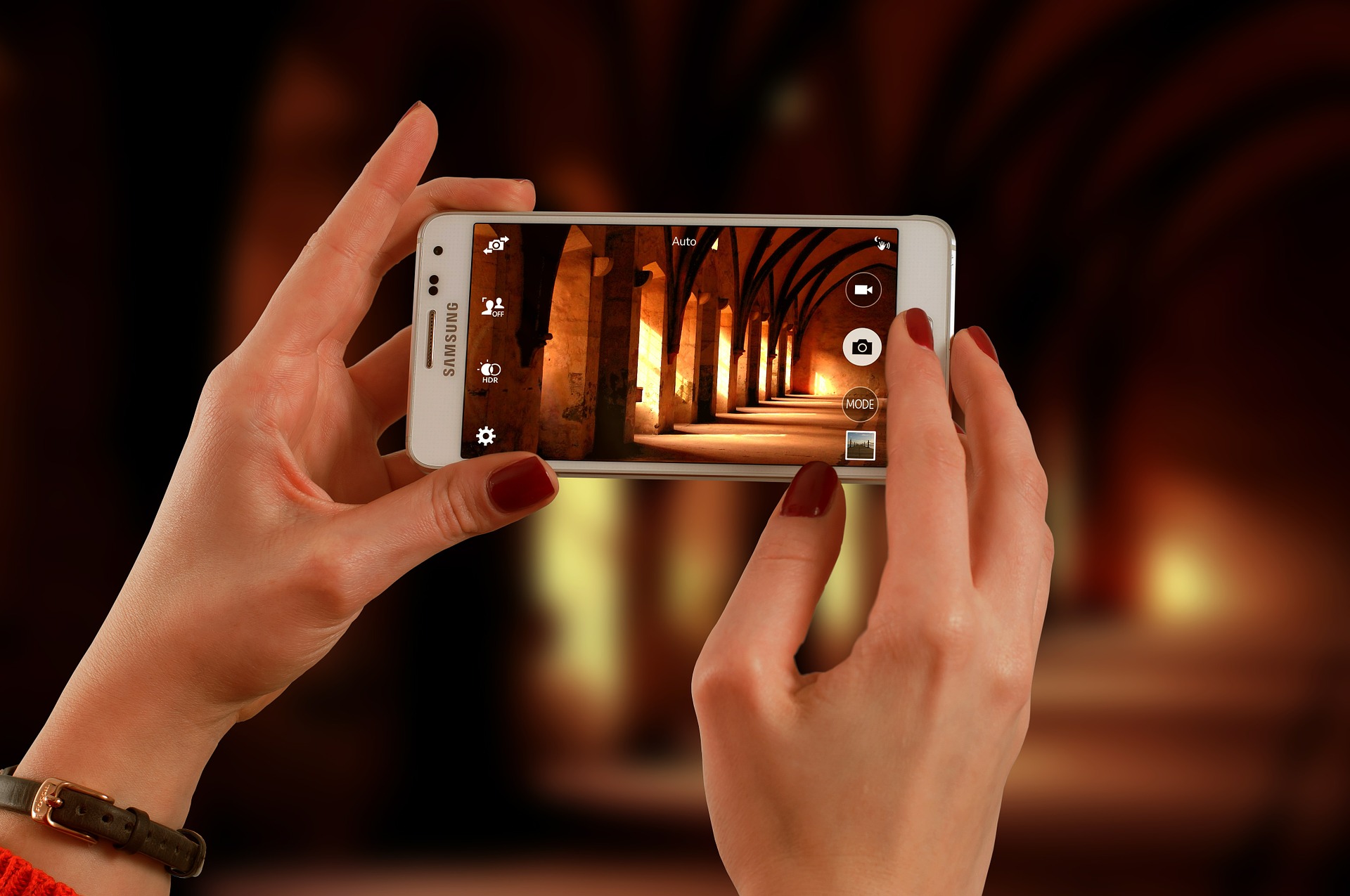
It is easy just to think of the smartphone as a portable computer: something which tries (and sometimes fails, as with virtual keyboards) to emulate the desktop experience as much as possible.
This perception ignores the many ways in which the unique features of the mobile platform are producing new applications not comparable to any on desktop.
One of these features is the smartphone camera, which is much more integrated into the smartphone experience than a webcam on a desktop. Like smartphone microphones, the cameras on these devices have evolved quickly to produce ever-better performances.
The result is that the camera is unlocking a range of new uses for the smartphones that desktop computers cannot compete with, built on the two main features a smartphone camera has: it is easy to use and it is mobile.
CBR looks at how the camera is being used in innovative ways to empower mobile users and brands.
1. MasterCard and Lloyds – selfie security
Announced at the 2016 Mobile World Congress (MWC), MasterCard rolled out an app which allows users to verify online payments with a selfie photo or a fingerprint. Users provide their banking details as normal when making an online purchase.

However, if further authentication is required, users are asked to submit a fingerprint using their phone’s sensor, or look at their camera to submit a selfie. If the selfie option is chosen, the user will have to blink into the camera to prove they are not holding up a photo.
In October, Lloyds Banking Group launched selfie technology to allow Bank of Scotland customers to open a current account seamlessly online. Through the web-based technology customers can use a their smartphone or tablet to submit images.
2. Concur – going paperless with expenses
If you have to travel a lot for work and need to submit expenses regularly, you may already be aware of this app. Concur allows users to take photos of receipts and send them to the finance department of their organisation.
 This eliminates the awkward business of collecting and holding onto receipts in order to deliver them physically to the company. They can be submitted instantly.
This eliminates the awkward business of collecting and holding onto receipts in order to deliver them physically to the company. They can be submitted instantly.
Concur also provides management software for the enterprise itself to carry out approvals and reimbursements of the submitted expenses.
3. Google Translate – real-time translation

Google’s translation software is offered through the search engine and can be enabled automatically through Chrome, so most will already be familiar with it to some extent. The app provides a more intuitive experience for mobile.
Users can take photos of text using the smartphone camera and let Google translate it.
To do this, they open the Translate app and choose the language that they are translating. They then specify the language that they wish it to be translated into.
If the language has been downloaded and is available for instant translation, the translated text is displayed on the screen.
Google says that the app may be less accurate with stylised text or in poor lighting conditions.
4. Amazon – moving a physical purchase online
Amazon customers using the mobile app can use the smartphone’s camera to scan a physical barcode and instantly open the item’s product page on Amazon.

This is handy when trying to make a comparison between prices or simply to quickly access reviews about the product before purchasing.
The app also stores the searches in the user’s history and can be searched on social media apps such as WhatsApp or Facebook, or through email.
5. Shazam – transforming static images into digital content
Shazam is best known for its audio functions: users hear a song and press the Shazam button to make the app determine what the song is. It connects to a vast database of audio and footprints the small sample of the song that it hears.

However, in 2015, Shazam added visual recognition, aiming to “create a world where everything from posters, to packaged goods, to print media, and more are transformed from static images into dynamic pieces of content”.
Users can open the app and tap the camera icon to start using the visual features. If they point the phone camera at an item with the Shazam camera logo on it or a QR code, their phone will connect to related content and special offers online.
Examples of early adopters of Shazam technology included the Walt Disney Company, which partnered with Shazam to create the first visually Shazam-able ad for the film ‘Tomorrowland’, the surreal fantasy film starring a jaded George Clooney.






